Unemployment fell in most states in May as lockdowns lifted and reopened businesses started to bring back millions of workers faster than some economists predicted.
The national unemployment rate declined by 1.4 percentage points over the month to 13.3 percent as the U.S. economy added a remarkable 2.5 million jobs in May, rebounding from April’s record 20.7 million drop.
Analysts polled by Reuters expected the national unemployment rate to soar to a historic 19.8 percent.
“The numbers are a huge surprise to the upside,” said Michael Arone, chief investment strategist at State Street Global Advisors in Boston. “It would suggest a further confirmation the economy is coming back online.
“This is a strong signal that the effects are temporary and that the economy is improving.”
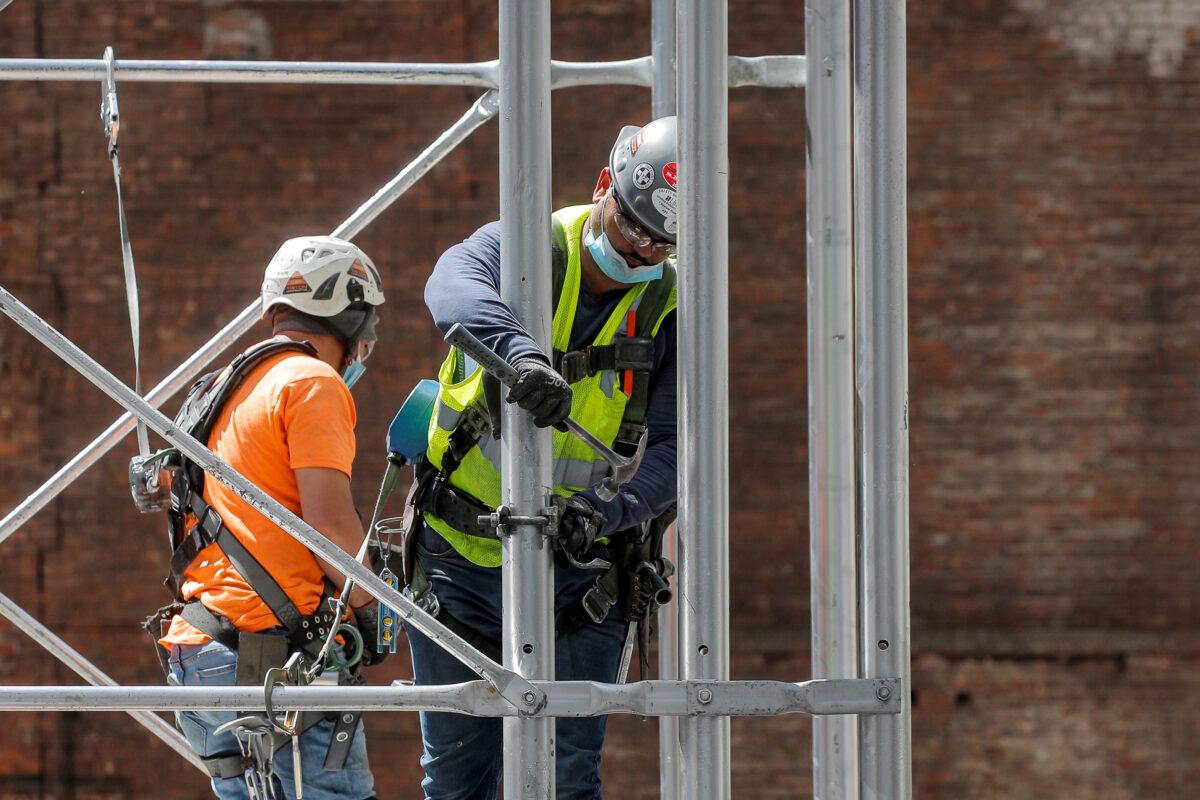
At a state level, Nevada had the highest unemployment rate in May, at 25.3 percent, followed by Hawaii, 22.6 percent, and Michigan, 21.2 percent. May jobless rates in Delaware (15.8 percent), Florida (14.5 percent), Massachusetts (16.3 percent), and Minnesota (9.9 percent) set new record highs for the statistic, which the Labor Department has been tracking since 1976.
The biggest unemployment rate increases between May 2019 and May 2020 occurred in Nevada (+21.3 percentage points), Hawaii (+19.9 points), and Michigan (+17.0 points).
Another 12 states experienced increases of 10 percentage points or more in the jobless rate in May 2020 compared to a year ago.
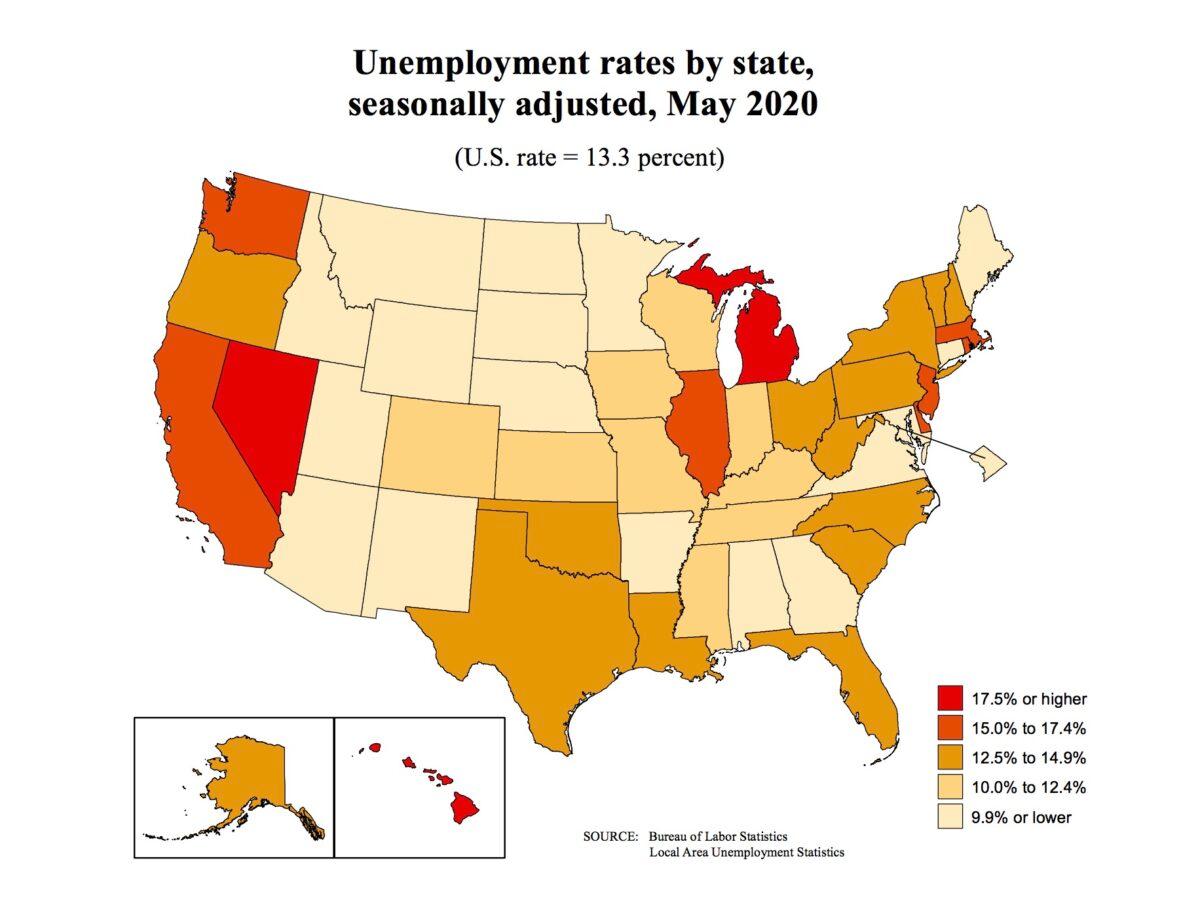
The largest month-over-month unemployment rate decreases in May occurred in Mississippi (-5.7 percentage points), Kentucky (-5.6 points), and Indiana (-5.2 points).
“It looks like we’ve stabilized at about 15 percent of unemployment,” said Paul M. Romer, 2018 Nobel economics laureate, referring to the national jobless rate. “The good news is the unemployment rate hasn’t continued to increase. But the bad news is that 15 percent is a very high level of unemployment. We have not seen unemployment this high since the great depression of the 1930s.”

Continued layoffs amid weak demand and fractured supply chains are likely keeping new applications for unemployment benefits elevated, feeding into the view that the economy faces a long and difficult recovery from the pandemic-fueled recession.
“Something like close to 25 million people have been displaced in the workforce, either partially or through unemployment, and so we have a long road ahead of us to get those people back to work,” Federal Reserve Chairman Jerome Powell told the Senate Banking Committee in June 16 testimony.
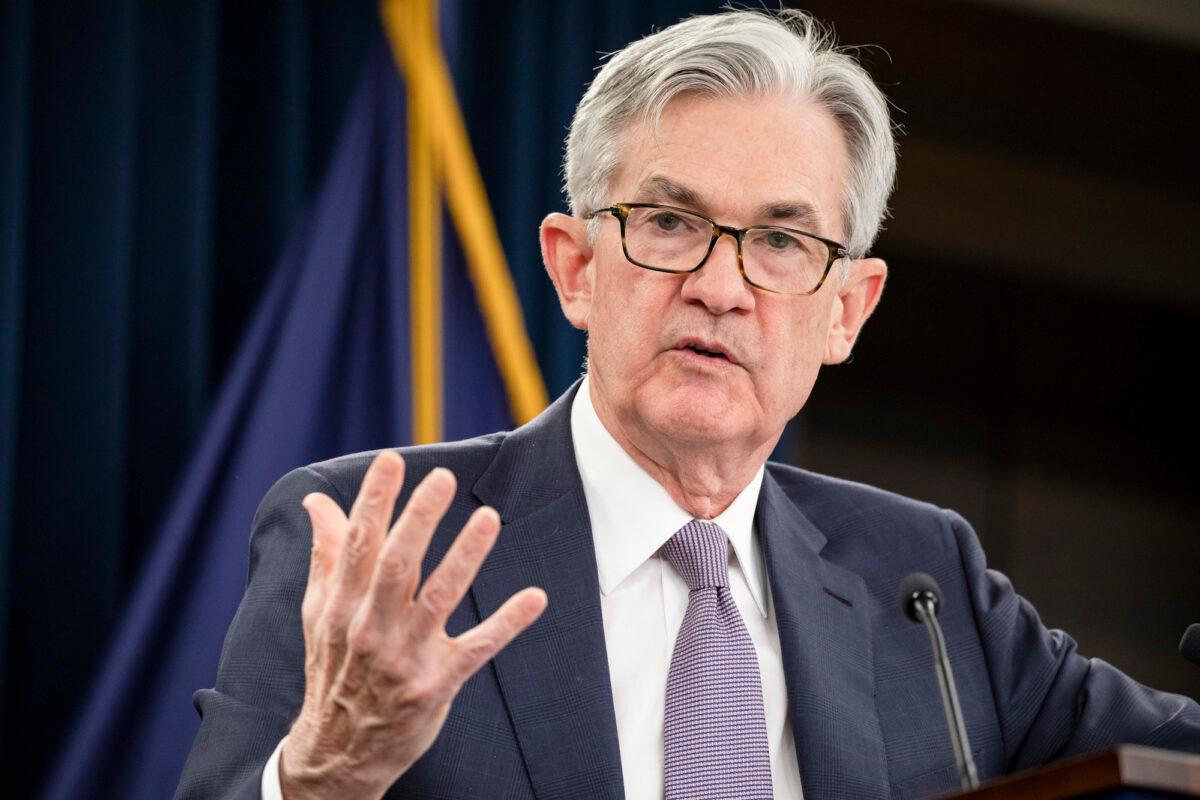
While every state in the country implemented restrictions to curb the spread of COVID-19, by June, all 50 states have started to lift lockdowns and resume business activity.
Fed officials on June 19 warned that a second wave of the deadly bug could derail hopes for an economic rebound.
“Lack of containment could ultimately lead to a need for more prolonged shutdowns, which result in reduced consumption and investment, and higher unemployment,” Boston Fed President Eric Rosengren said in a virtual event organized by the Greater Providence Chamber of Commerce.
Minneapolis Fed President Neel Kashkari warned the recent positive trend on job gains could be reversed if the outbreak isn’t tamed.
“If there is a second wave, I would expect the unemployment rate to climb again,” Kashkari said during a Twitter chat moderated by CBS News.


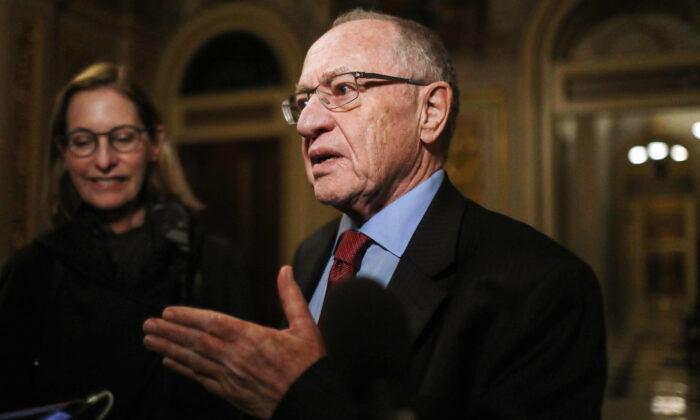
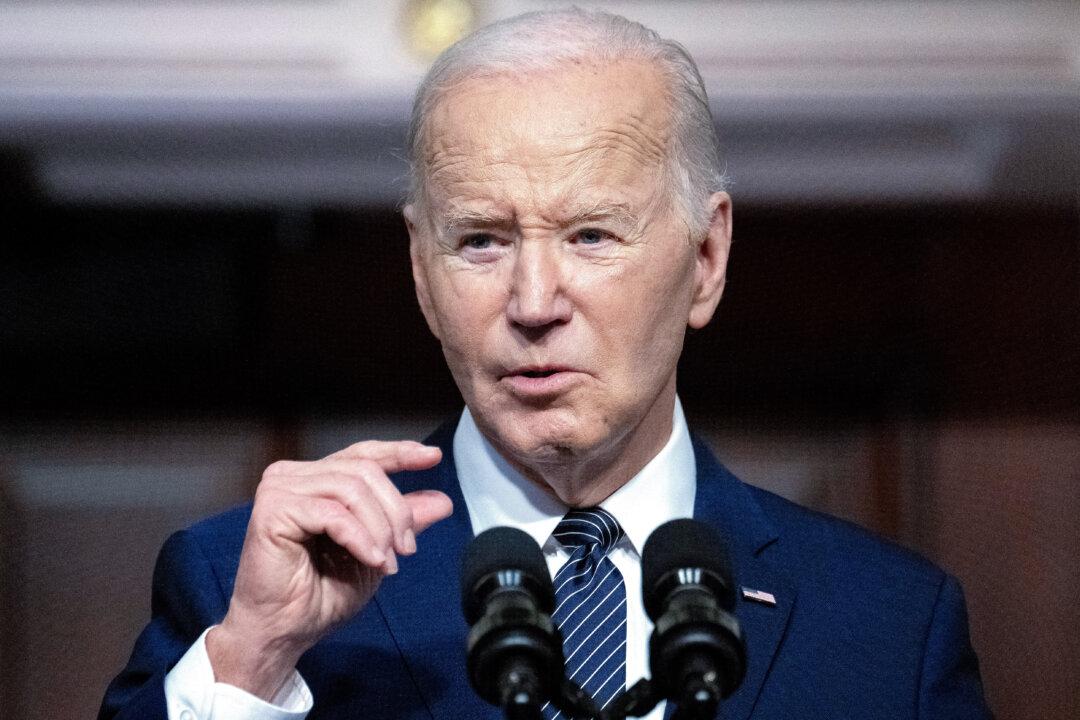
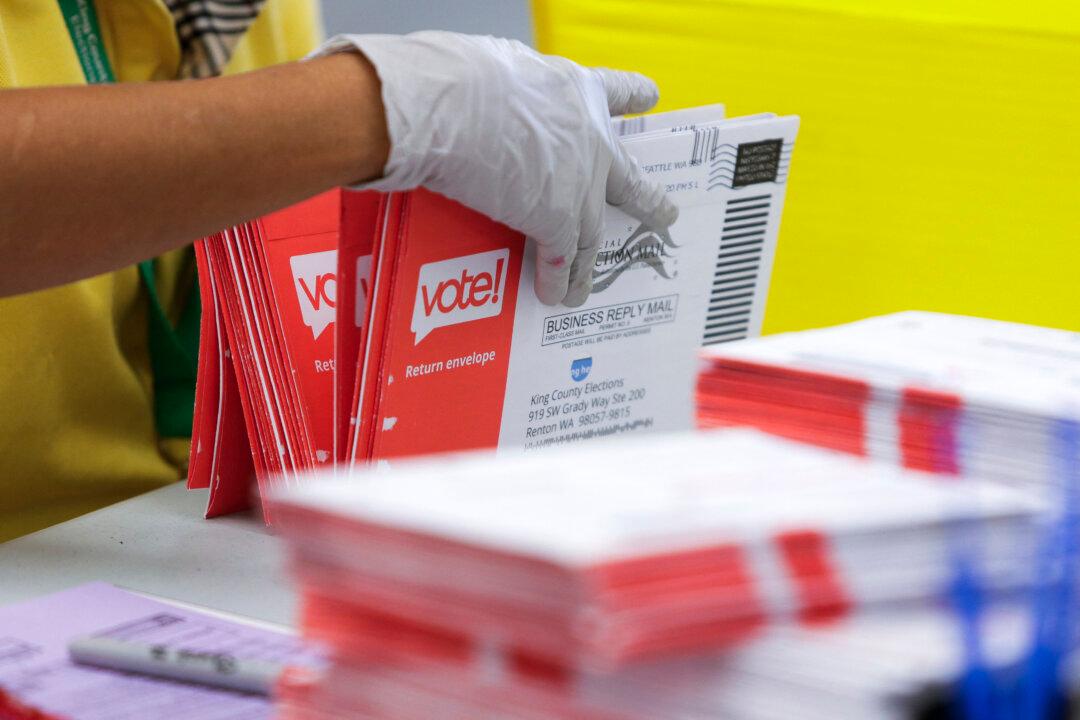

Friends Read Free